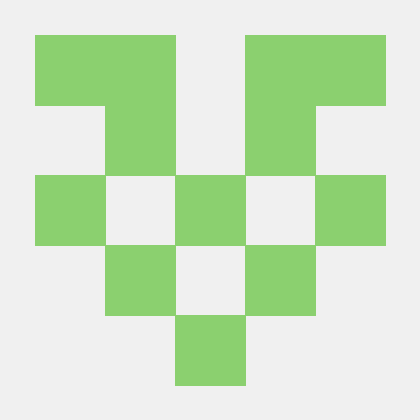Account Move Number Sequence





In Odoo version 13.0 and previous versions, the number of journal entries was generated from a sequence configured on the journal.
In Odoo version 14.0, the number of journal entries can be manually set by the user. Then, the number attributed for the next journal entries in the same journal is computed by a complex piece of code that guesses the format of the journal entry number from the number of the journal entry which was manually entered by the user. It has several drawbacks:
- the available options for the sequence are limited,
- it is not possible to configure the sequence in advance before the deployment in production,
- as it is error-prone, they added a Resequence wizard to re-generate the journal entry numbers, which can be considered as illegal in many countries,
- the piece of code that handles this is not easy to understand and quite difficult to debug.
Odoo>=v14.0 raises new concurrency issues since it locks the last journal entry of the journal to get the new number causing a bottleneck
Even if you only are creating a draft journal entry it locks the last one
It applies to all accounting Journal Entries
e.g.
- Customer Invoices
- Credit Notes
- Customer Payments
- Vendor Bills
- Vendor Refunds
- Vendor Payment
- Manual Journal Entries
Then, the following concurrency errors are being raised now frequently:
- Editing the last record used to get the new number from another process
- Creating a new draft invoice/payment (not only when posting it)
- Creating a transaction to create an invoice then payment or vice versa raises a deadlock error
- Reconciling the last record it could be a heavy process
- Creating 2 or more Invoices/Bills at the same time
- Creating 2 or more Payments at the same time (Even if your country allows to relax gaps in these kinds of documents, you are not able anymore to change the implementation to standard)
- Creating 2 or more Journal Entries at the same time
All these increases in concurrency errors bring more issues since that Odoo is not prepared:
- Using e-commerce, configured with Invoicing Policy Ordered and Automatic Invoice, the portal users will see errors in the checkout even if the payment was done, the sale order could be in state draft and request a new payment, so double charges
- Using subscription_template.payment_mode=success_payment you will see subscriptions with tag “payment exception”
- Using accounting creating invoice or payment, you will see errors then you will need to start the process again and again until you get the lock before another user
- The workers could be used for more time than before since that it could be waiting for release so less concurrent users supported or loading page is shown more frequently affecting the performance
The new accounting number is a significant bottleneck

If you do not believe all these issues are occurring, we have created the following issues and unittest to reproduce errors in v14.0 including the deadlock, but not v13.0:
Using this module, you can configure what kind of documents the gap sequence may be relaxed
And even if you must use no-gap in your company or country it will reduce the concurrency issues since the module is using an extra table (ir_sequence) instead of locking the last record
For those like me who think that the implementation before Odoo v14.0 was much better, for the accountants who think it should not be possible to manually enter the sequence of a customer invoice, for the auditor who considers that resequencing journal entries is prohibited by law, this module may be a solution to get out of the nightmare.
The field names used in this module to configure the sequence on the journal are exactly the same as in Odoo version 13.0 and previous versions. That way, if you migrate to Odoo version 14.0 and you install this module immediately after the migration, you should keep the previous behavior and the same sequences will continue to be used.
The module removes access to the Resequence wizard on journal entries.
Table of contents
On the form view of an account journal, in the first tab, there is a many2one link to the sequence. When you create a new journal, you can keep this field empty and a new sequence will be automatically created when you save the journal.
On sale and purchase journals, you have an additional option to have another sequence dedicated to refunds.
Upon module installation, all existing journals will be updated with a journal entry sequence (and also a credit note sequence for sale and purchase journals). You should update the configuration of the sequences to fit your needs. You can uncheck the option Dedicated Credit Note Sequence on existing sale and purchase journals if you don’t want it. For the journals which already have journal entries, you should update the sequence configuration to avoid a discontinuity in the numbering for the next journal entry.
Bugs are tracked on GitHub Issues.
In case of trouble, please check there if your issue has already been reported.
If you spotted it first, help us smashing it by providing a detailed and welcomed
feedback.
Do not contact contributors directly about support or help with technical issues.
This module is maintained by the OCA.

OCA, or the Odoo Community Association, is a nonprofit organization whose
mission is to support the collaborative development of Odoo features and
promote its widespread use.
Current maintainers:



This module is part of the OCA/account-financial-tools project on GitHub.
You are welcome to contribute. To learn how please visit https://odoo-community.org/page/Contribute.









